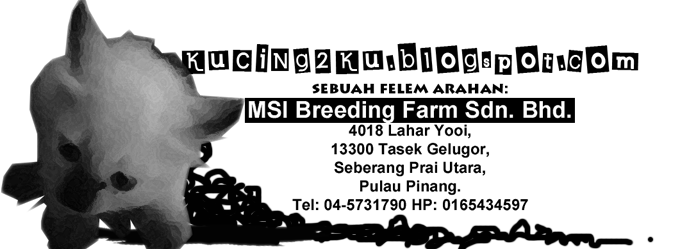
Animal Description: The Jerboa stands out as both a playful and social companion, which is small, easy to feed, and fun to watch. Jerboas are quite popular as pets in Europe.Found in a variety of habitats in both Africa and Asia, Jerboa are small rodents distinguished by their light to dark sandy coat that is accented by a white stripe running underneath the body and on the hip. Tufts of fur on the ears provide protection from sand that might otherwise blow into their ears in the sometimes harsh winds of their semi-desert existence. The Jerboa lives in a burrow in the ground, which is kept sealed during the summer, when it tends to aestivate in the heat and left open during the winter. It comes out of its hair-lined burrow at night to feed on mostly roots, seeds and vegetation. Its behavior is primarily nocturnal. During its hunt for food, the Jerboa is known to cover many distances at night. One Jerboa was tracked as traveling 14 kilometers in one night! The greatest help in covering these long distances is the tail of the Jerboa, which helps to balance them as they move across the ground in leaps in bounds of several meters each. Oddly enough, though their hunt for food takes them long distances, the Jerboa very rarely seems to require water, and often in captivity they will turn it down for long periods of time. The Jerboa lives about five to six years in captivity and makes a quiet and affectionate companion. Because they are nocturnal they may be relatively noisy in the evening, this should be kept in mind before considering a Jerboa as a pet. When a Jerboa feels threatened, it will attempt to kick sand into its aggressor's face with its long hind feet.The Jerboa is small rodent with large eyes and a soft, sand-colored coat and a black and white tail tuft. The undersides are white or light, and each hip is adorned by a white stripe. They vary in length from five to 14 inches (including tail), with short forelegs, long hind legs and a long, tufted tail. The biggest variation in features tends to be the ears, which can range from small to long and slender, and the hind toes of the Jerboa, which can be three to five in number. The Jerboa weighs approximately 110 to 145 grams and is known to jump, from a standing position, over a meter in height!Specific Care Information: Relative Care Ease: Average The Jerboa enjoys dust baths. The kind of dust used for Chinchillas works well.
Breeding and Propagation: Relative Breeding Ease: Relatively Difficult. Captive breeding of the Jerboa is difficult. In the past when some zoos tried to breed the Jerboa, the offspring lived only a few days. More recently, some breeders have had a bit of success in breeding the Jerboa and give a few tips based on their experiences. First, the breeding Jerboas should be kept in a large aquarium with a wooden lid that has a ventilation hole covered with mesh wire in the middle of the top. Put some branches in the aquarium, so the Jerboas have something in which to climb in and hide. Heat may be added using a lamp, but only during the day. The material for the nest bedding should be created from hay and even some soft material from which the Jerboas can create a nest. After a gestation period of approximately 23 days, the female Jerboa will give birth to a litter of approximately one to four pups. The male can be allowed to say within the nest with the litter and the female. At approximately eight to ten weeks of age, the pups will be old enough to leave their parents and the nest. The female Jerboa can give birth up to every three months in captivity.




















